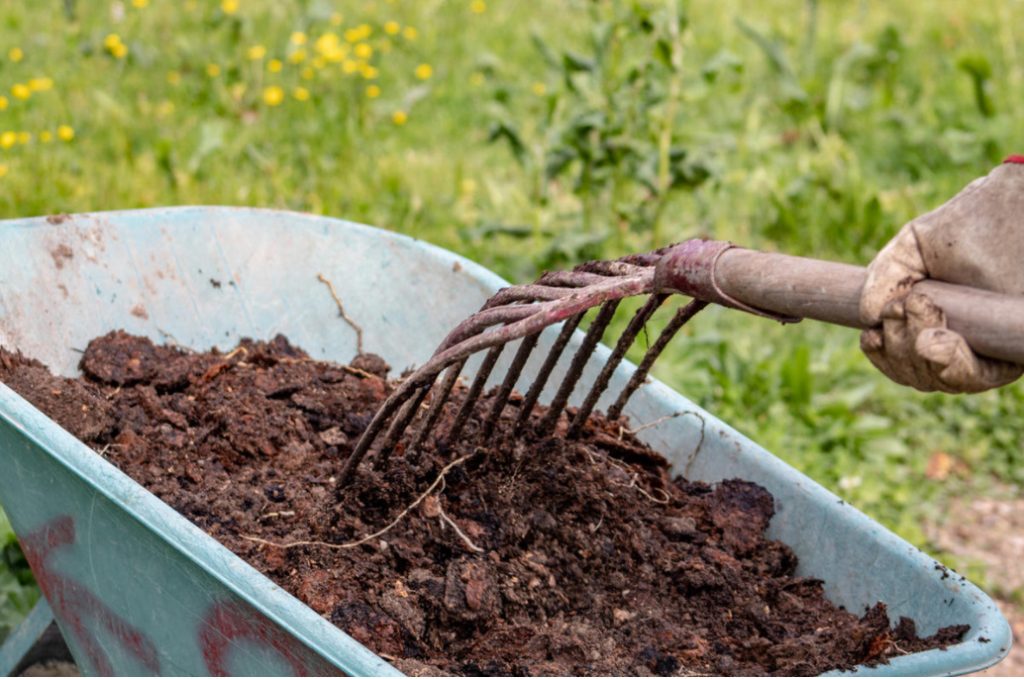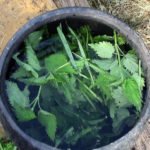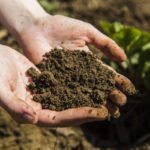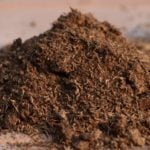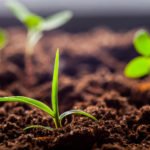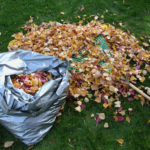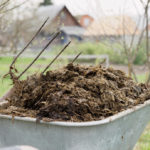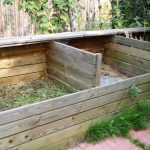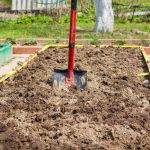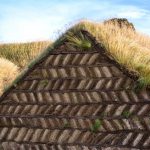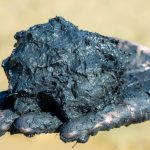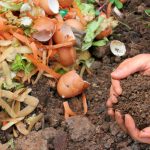It is known that cultivated plants for the most part are very eager to organic fertilizers. Waste products of livestock and poultry have always been used in the garden and vegetable garden, delivering plants all the necessary nutrition.
Why is organic matter so valuable?
If you have manure or droppings, you’re in luck. The most valuable form of organic matter! In fact, it is a concentrate of products of microbial assimilation of plant mass. Soluble carbohydrates and amino acids, nitrogen and minerals — everything is already half cooked, all mixed with digestive microbes. Some of them will still work in the soil.
Therefore, manure, feces are not just organic. This is a starter, a fuse for the “biological burning” of straw and other nitrogen-poor materials. And this is the “fuel” for free-living nitrogen fixers. That’s why nature invented them, and that’s why their composition was intended.
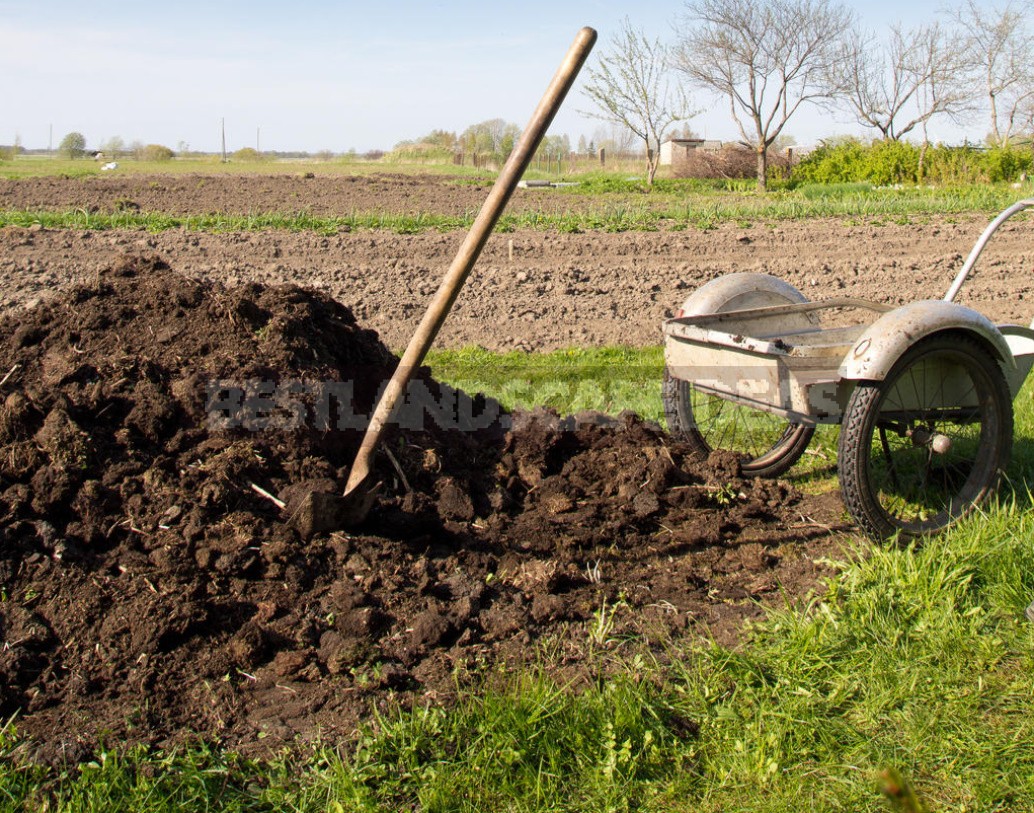
This was clearly proved by the famous ecologist Allan Savory. He found that dense herds of herbivores are the main condition for the restoration and prosperity of herbaceous vegetation in savannas and semi-deserts. They produce 3 agricultural practices, without which plant life will inevitably degrade to desertification:
- stimulate the growth of herbs by eating part of the foliage;
- fertilize the turf with manure and urine;
- trample feces and plant residues into the soil, destroying the crust.
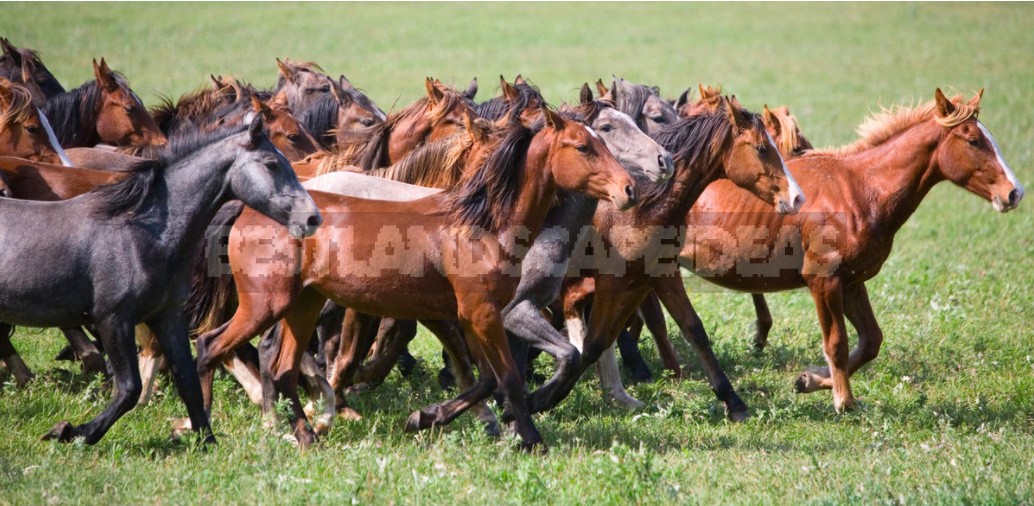
The best manure for the garden, perhaps, horse. It is rich in fiber, porous and loose. Goat and rabbit “dragees” are excellent — ready-made granular fertilizers. Cow dung is only good together with straw bedding. Pork is the most problematic and unsafe: now what is not in the feed! If there is no choice, it must be mixed with straw, leaves, sawdust and composted until the stench stops.
2 smart ways to apply manure
Manure is a complicated thing. It is taken out to the fields in the fall — and immediately plowed to preserve nitrogen. But until April, a large amount of this element is washed out. In addition, plowing means destroying the soil architecture. And in the spring you can not make: ammonia is a poison for the roots. Therefore, the manure is composted: it is kept for several months in piles, which are mixed twice. As a result, 70% of organic matter, carbon and nitrogen are carried away by the wind without benefit to plants. Humus-sipec — the pitiful remnants of the dung of wealth. There are 2 smart ways to apply manure in the spring and even in the summer with the benefit of the garden and vegetable garden.
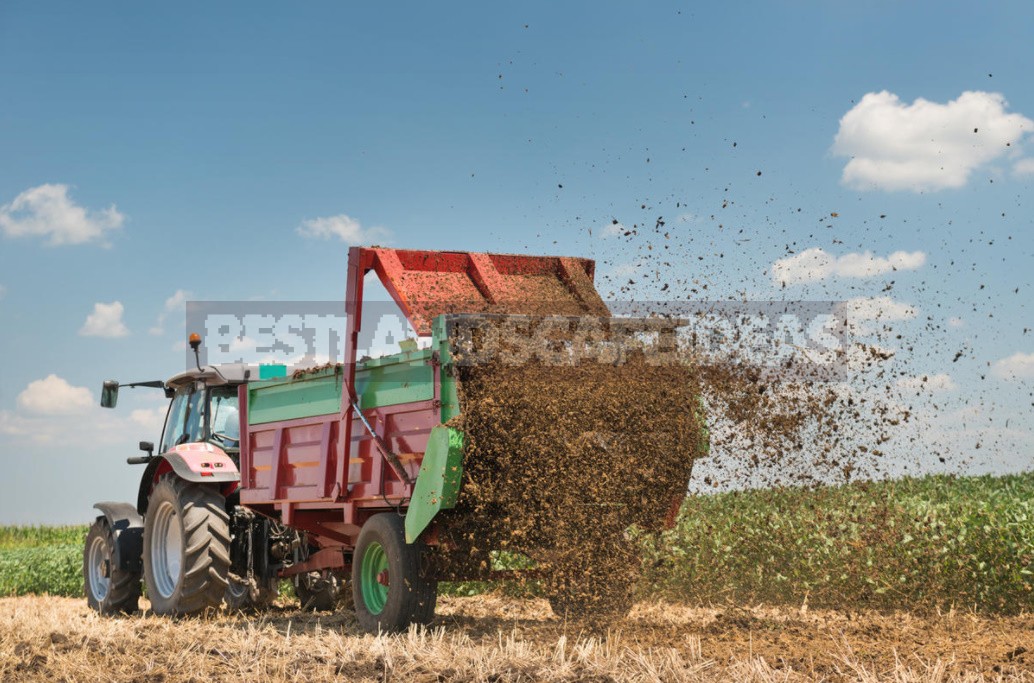
Method # 1: manure as a substrate for mulch
Lay on the surface of the soil after it is warmed up, in may, a layer of 3-5 cm-and cover with vegetable mulch on top. In the garden — under currants, gooseberries and raspberries, under saplings of trees. In the garden — under cucumbers and cabbage (but not close to the plants!) and on the newly created beds. This is both nutrition and bioactivator.
There are several effects:
- the soil is particularly sheltered from drought,
- under the mulch, the manure does not dry and is actively eaten,
- explosive increase of worms and microflora is provided,
- all carbon dioxide goes into action,
- nitrogen, minerals and soluble organic matter seep into the soil gradually, without causing poisoning and obesity,
- the soil is structured, filled with all sorts of feces of insects and coprolites of worms.
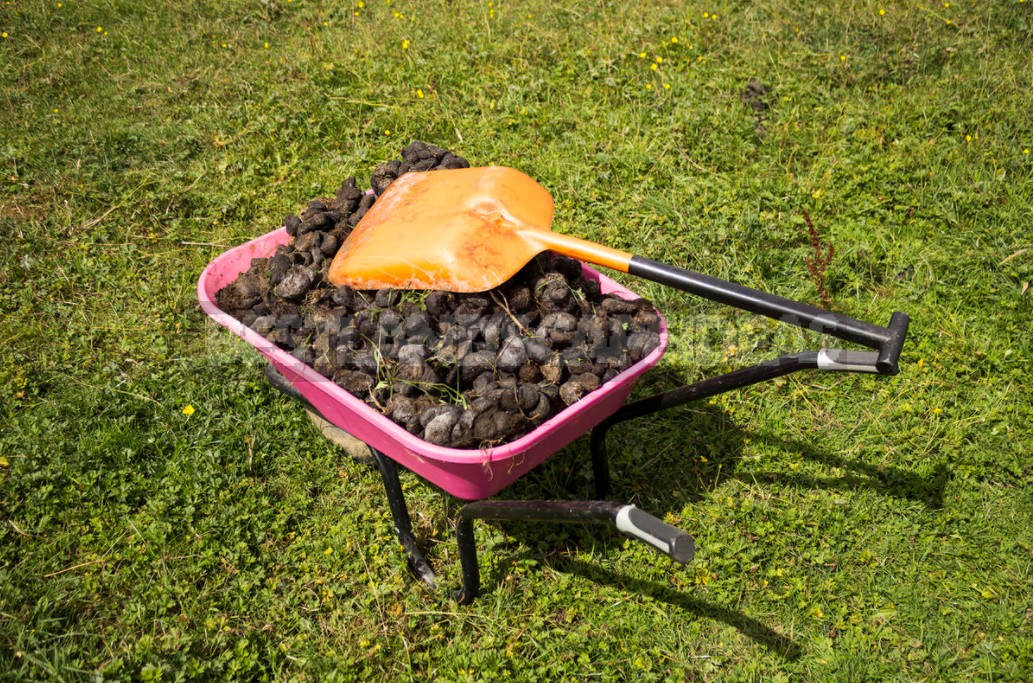
Method # 2: local manure bookmarks-in piles and in pits
Its essence is simple: in nature, there are no evenly distributed, mixed with soil sources of food — everything is in the form of clots. And the roots know it. Having found such a “warehouse”, they, accordingly, change their physiology-they become high-salt, organotrophic (absorbing organic matter) or water. The plant at the same time has the freedom of choice and decides what and how much to take. And that’s the only way it won’t hurt itself.
Under trees and bushes, along the perimeter of the crown, we dig holes with a volume of a bucket or two-pits. One hole – for a couple of bushes or seedlings, and for an adult tree-5-6 pieces. We fill it with manure, cover it with straw or some kind of lids. Here we also water. In these pits, you can also take out kitchen buckets. But from the end of June, you need to stop both: let the trees stop growing and ripen for the winter.
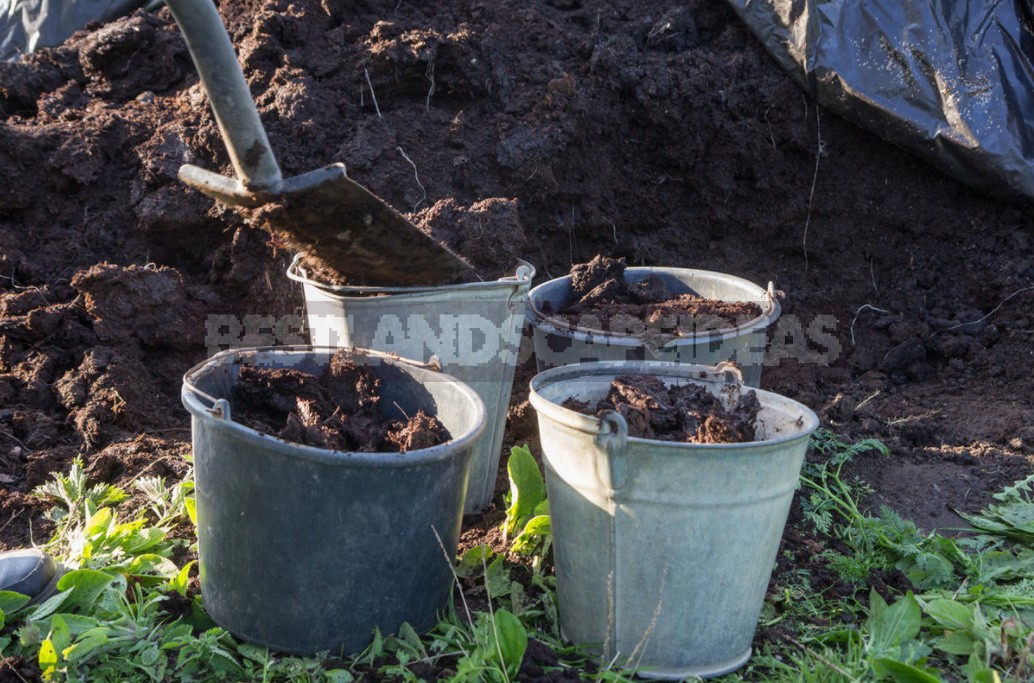
You can do it differently: just put the manure in piles near the seedlings and between the bushes. Top-sawdust, straw. Next spring — the same pile next to it. In the garden, we dig a narrow trench from one edge with a depth of 15-20 cm. Fill with manure and lightly cover with soil. Plants again have a choice, and worms have something to do. Over the summer, the manure will turn into compost, but exactly where it is necessary, for the benefit of the soil and the crop. A year later, you can dig a trench from the other side. Then – in the center. Then – again from the edge. And so-every year.
Granulated manure is a convenient fertilizer
The widespread production of manure pellets would allow all the manure of the country to be returned to the fields and receive huge benefits. Alas, no one is interested. Well, we can quite do with a simple “excretory raw material”, not to lose such a good!
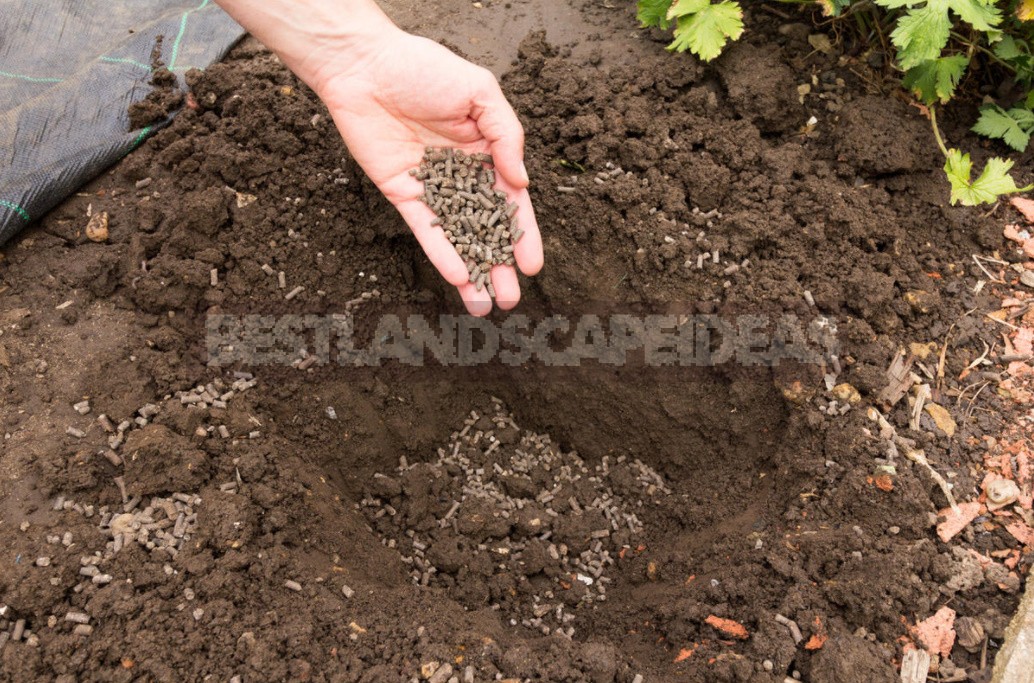
Slurry
In fact, it is a concentrate of ammonia, urea and soluble organic matter. Previously, it was used as a liquid nitrogen fertilizer. The owners of the cattle poured it into the gardens. But Lily carefully-not under the root and heavily diluted, so as not to poison the roots with ammonia.
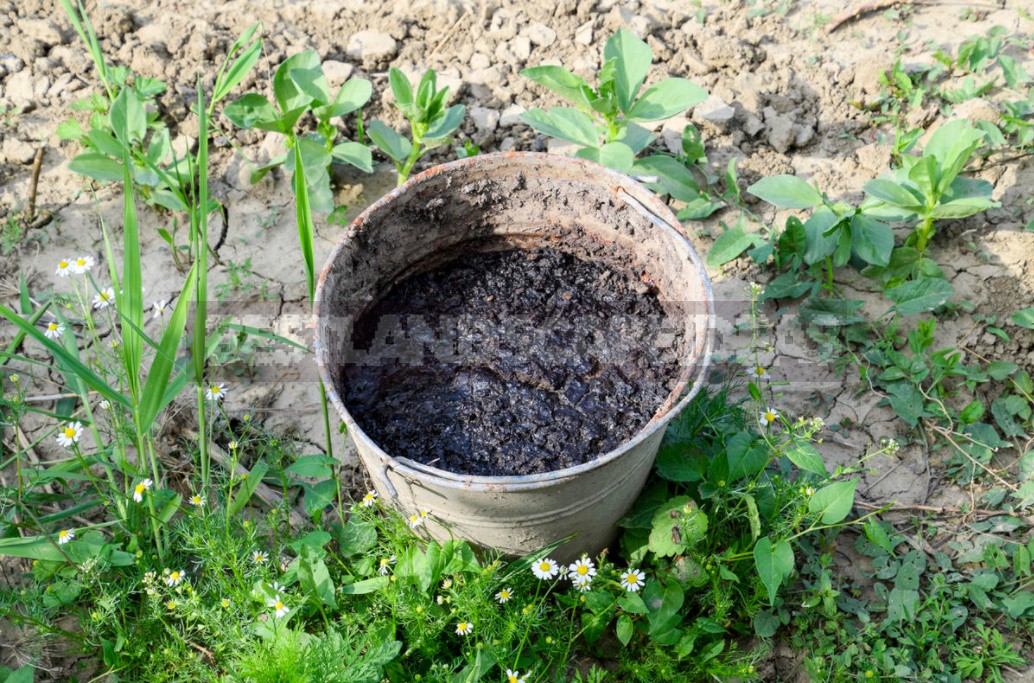
What is the peculiarity of bird droppings
It differs from manure in a higher concentration-primarily of mineral salts. A lower proportion of organic matter. And the fact that it happens a little. If manure for fertilizing irrigation is bred 20 times, then manure-40, otherwise you can burn the roots. Therefore, and sawdust-straw to it should be mixed twice as much. Otherwise, it is used the same way. But given that it is not enough, it is better to dissolve it in water and use it as a liquid top dressing or as a bioactivator for eating straw and sawdust.
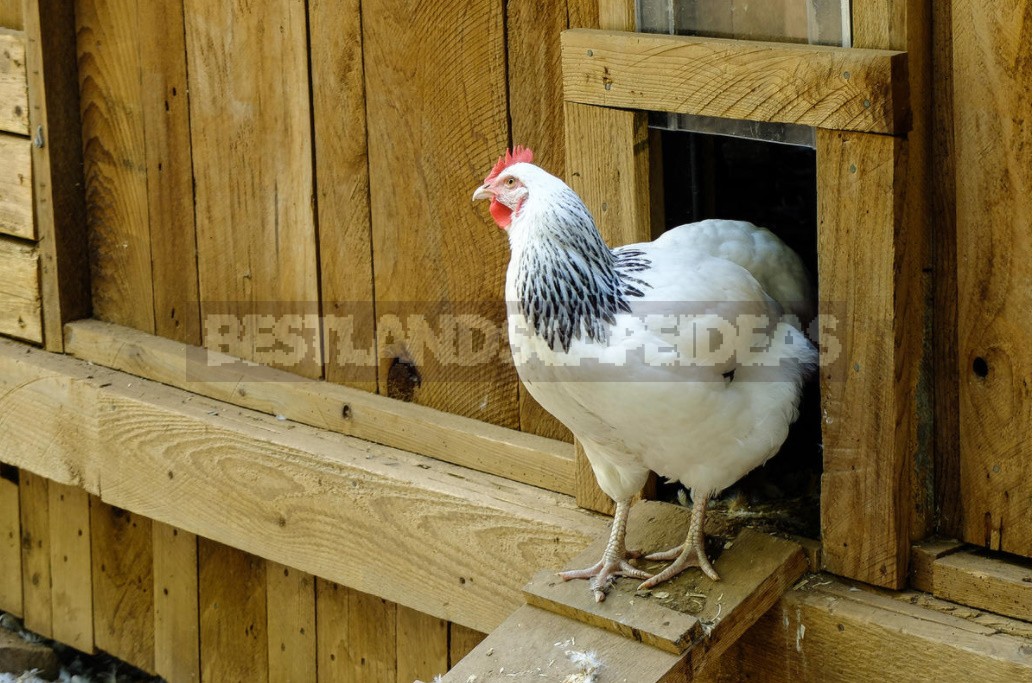
With manure and bird droppings, gardening is much easier: almost all food for plants is delivered in an easily digestible form and immediately complex.
